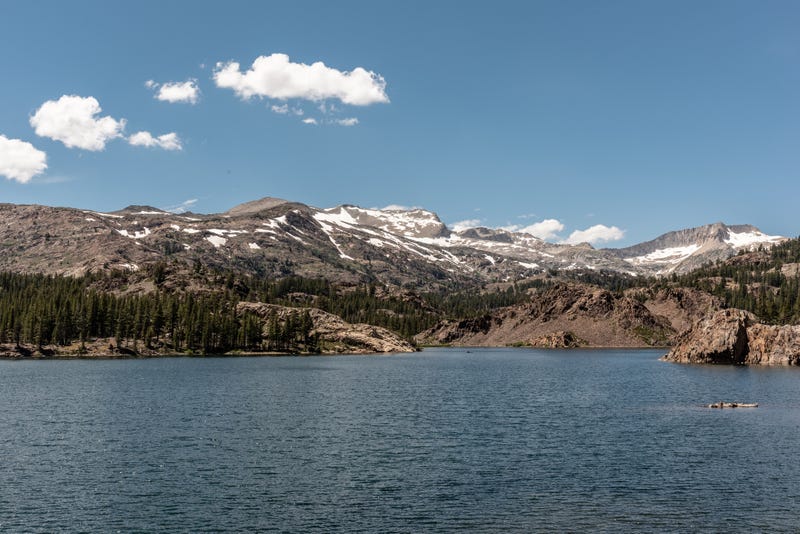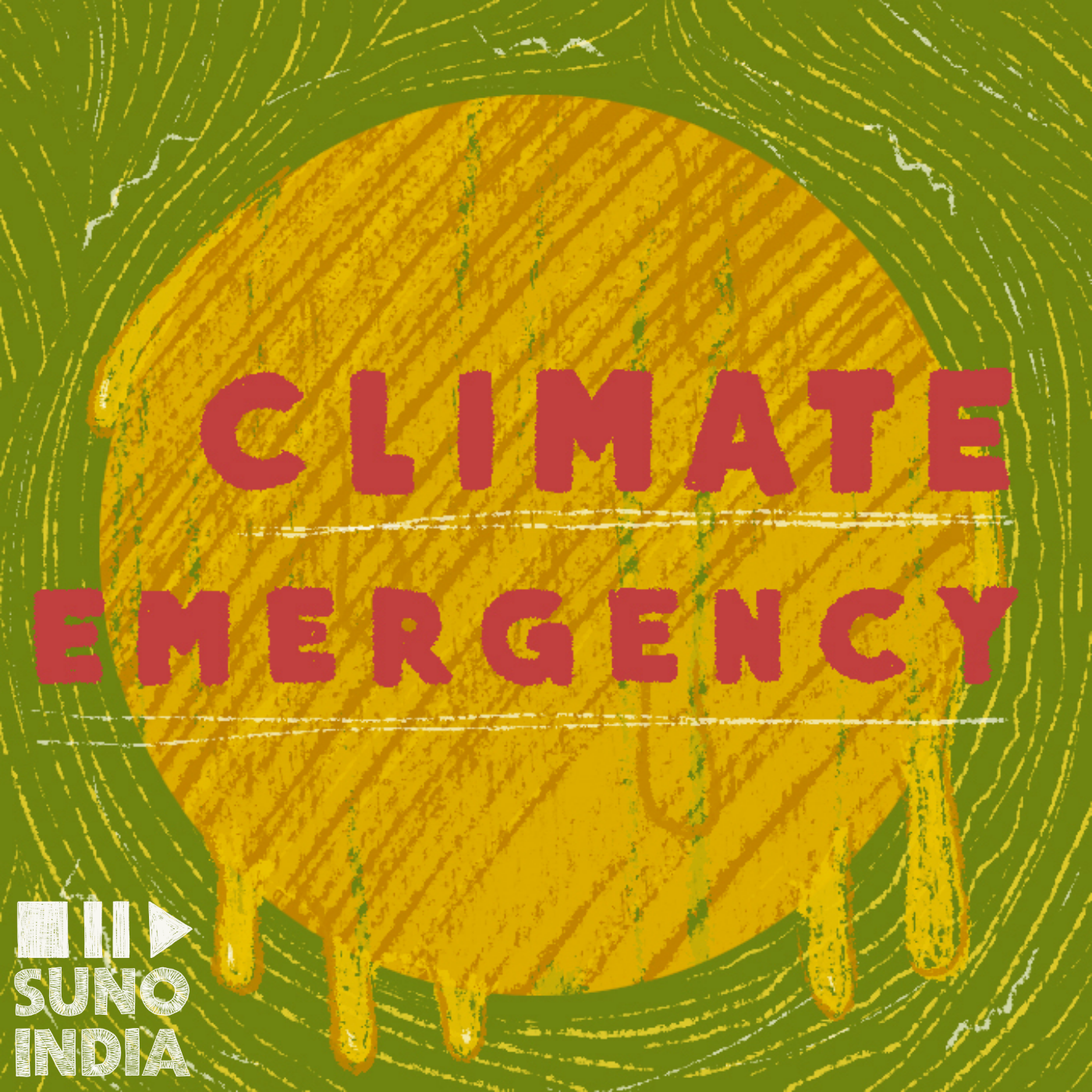
New reports have found that large amounts of the snow built up in the Western United States are starting to vanish, causing rivers and reservoirs to run drier.

The Southwest region of the U.S. is currently facing the worst drought it's seen in nearly 1,200 years. To make matters worse, the region's snow is also disappearing, a crucial source of water for the area, Bloomberg reported.
With the region receiving little to no amounts of rain in the summer, snow build-up in the mountains becomes crucial for the cities and farms in need of water. Snowmelt will travel hundreds of miles from the top of mountains to Las Vegas, Los Angeles, and Phoenix, filling rivers, lakes, and reservoirs.
But the resource is now at dangerous levels, with the West's mountain snowpacks having shrunk 23% from 1955 to 2022. Because of this, experts predict that California will lose up to 79% of its peak snowpack by water volume by the end of the century, Bloomberg reported.
This is dangerous, and climate activists are taking notice. Spencer Glendon, the founder of Probable Futures, a climate outreach initiative, shared with Bloomberg just how vital the snow in the region is.
"The snow in the mountains is this incredible gift that created California," Glendon said. "Nobody would build all of that stuff in a climate that was on the brink of being a desert."
National parks in the area are also taking notice of the effects climate change has on their preserved land.
The Yosemite Conservancy recently launched a program to research and map snow fields and ice patches in the park to understand the effects climate change will have on Yosemite's water.
"One of the most direct and visual impacts of climate change in Yosemite is the disappearance of year-round snow and ice features," the Conservancy shared in a release. "Although the park's two glaciers have been studied extensively for more than a century, much less is known about the current state of perennial snow and ice patches in the park."
Beyond that, the Conservancy shared that the park's glaciers are not only melting but are expected to disappear within the next couple of decades.
To make matters worse, the declining snow levels are not expected to bounce back, Bloomberg reported.
Throughout the last month, the U.S. has seen rising temperatures and massive forest fires, like the McKinney Fire, with both taking a toll on the West's snowpack and, in return, its water supply.
For example, the Rocky Mountain snowmelt has receded so much that hydroelectric dams along the Colorado river are in danger of being unable to produce power as reservoirs continue to dry up.
Lake Powell has dropped to just 32 feet above the required elevation for the Glen Canyon Dam. Officials with the U.S. Bureau of Reclamation have shared that there is a 23% chance power could be shut off there as early as next year due to the declining elevation in the lake.
Farmers are also feeling the impact of the snow's disappearance. Sean Doherty, a farmer in the Sacramento Valley, shared with Bloomberg he didn't plant 83% of his rice fields due to limited water.
"The water is just not there," Doherty said.
No matter the industry or profession, water is a basic necessity. If the snowpack continues to go unreplenished, the 11 states in the region could be left making hard decisions, from whether or not to grow crops, raise cattle, or have enough water to run hydroelectric plants.
LISTEN on the Audacy App
Sign up and follow Audacy
Facebook | Twitter | Instagram

